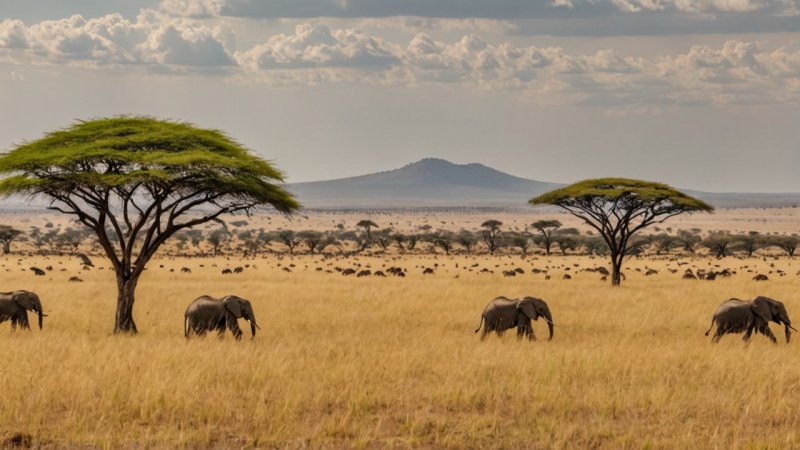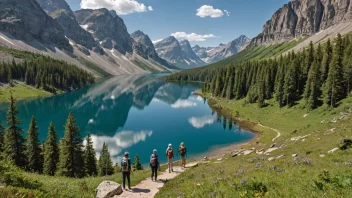Introduction
The Serengeti, one of Tanzania's most iconic national parks, is renowned for its stunning landscapes and diverse ecosystems. In this article, you will learn how to explore the unique ecosystems of the Serengeti, from its expansive savannahs to its lush riverine forests. We will provide you with a step-by-step guide on how to make the most of your visit, including tips on wildlife watching, cultural experiences, and sustainable travel practices.
Step 1: Plan Your Visit
Before you can explore the Serengeti, you need to plan your trip carefully. Consider the following:
- Best Time to Visit: The dry season from June to October is ideal for wildlife viewing, while the wet season offers lush landscapes and fewer tourists.
- Duration: Allocate at least 3-5 days to fully experience the park’s diverse ecosystems.
- Permits and Fees: Research entrance fees and obtain the necessary permits in advance.
Step 2: Choose Your Accommodation
The Serengeti offers a variety of accommodation options to suit different budgets and preferences:
- Luxury Lodges: Experience comfort and elegance in lodges that offer panoramic views of the savannah.
- Tented Camps: Enjoy an authentic safari experience, often located in prime wildlife areas.
- Campsites: For the adventurous traveler, camping under the stars can be a thrilling way to connect with nature.
Step 3: Join a Guided Safari
While self-driving is an option, joining a guided safari can enhance your experience:
- Professional Guides: Knowledgeable guides can help you spot wildlife and provide insights into the ecosystems.
- Game Drives: Opt for early morning or late afternoon drives when wildlife is most active.
- Walking Safaris: Consider a walking safari for a more intimate experience with the environment.
Step 4: Discover Different Ecosystems
The Serengeti is home to several unique ecosystems. Here’s how to explore each:
- Savannah: The iconic landscape of the Serengeti, teeming with wildlife such as lions, elephants, and wildebeests. Look for the Great Migration between June and September.
- Riverine Forests: Explore lush areas near rivers where you can find hippos, crocodiles, and a variety of bird species. The Grumeti River is a great spot for this.
- Woodlands: Search for leopards and other elusive creatures in the dense woodlands of the Serengeti.
Step 5: Engage with Local Cultures
The Serengeti is not just about wildlife; it's also rich in cultural experiences:
- Visit Maasai Villages: Learn about the Maasai culture and their traditional ways of life.
- Participate in Cultural Tours: Engage in local crafts, music, and dance, providing you with a deeper connection to the region.
- Respect Local Customs: Always be mindful of local traditions and practices when interacting with communities.
Step 6: Practice Sustainable Travel
As you enjoy the Serengeti, it's vital to minimize your impact on the environment:
- Leave No Trace: Follow principles of responsible travel by taking all rubbish with you and respecting wildlife.
- Support Local Economies: Choose local guides and accommodations to contribute to the community.
- Wildlife Conservation: Educate yourself on conservation efforts and participate in initiatives that support the Serengeti’s ecosystems.
Summary
Exploring the unique ecosystems of the Serengeti is a rewarding experience that requires careful planning and an appreciation for both nature and culture. By following these steps—planning your visit, choosing the right accommodation, joining guided safaris, discovering diverse ecosystems, engaging with local cultures, and practicing sustainable travel—you can ensure a memorable and impactful journey in one of the world’s most remarkable natural wonders. Remember to embrace the adventure and respect the delicate balance of this extraordinary environment.






